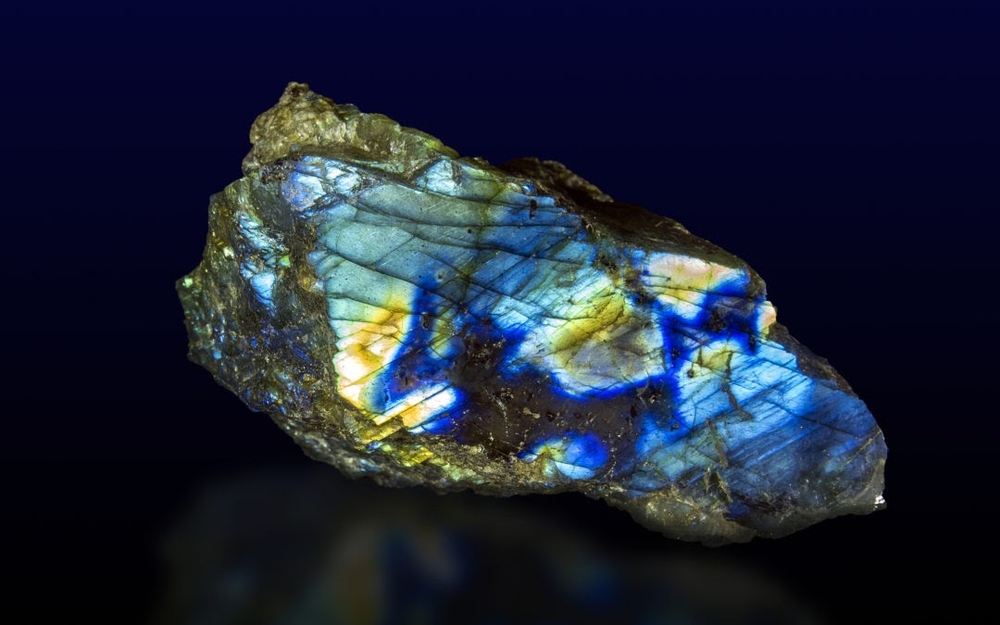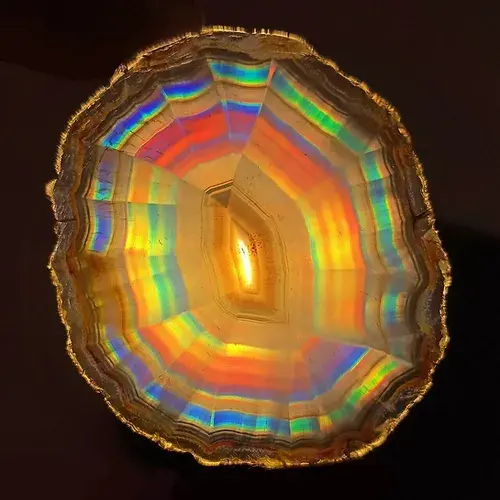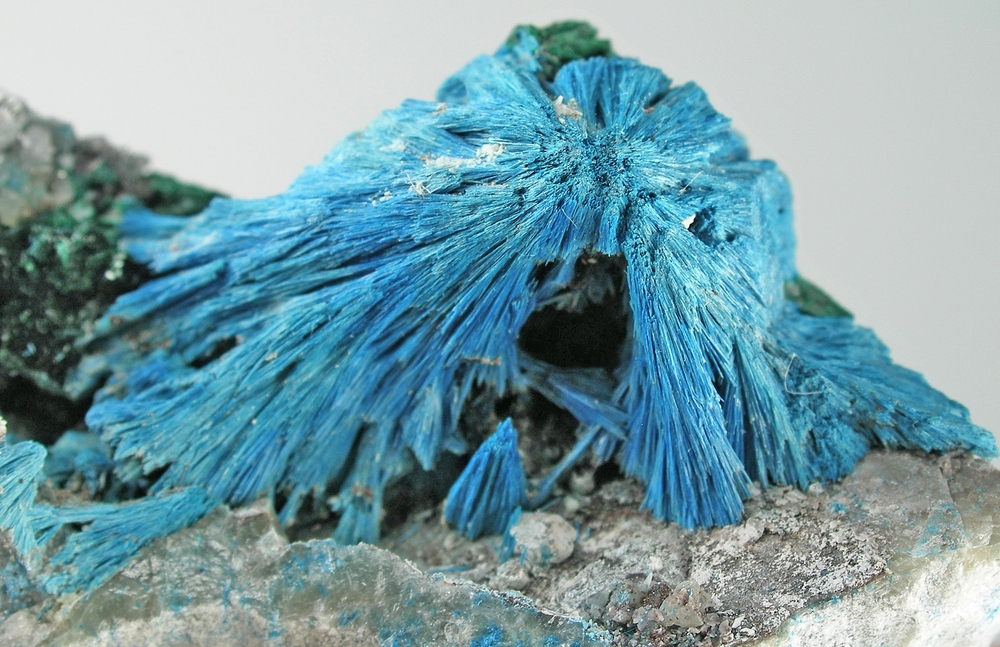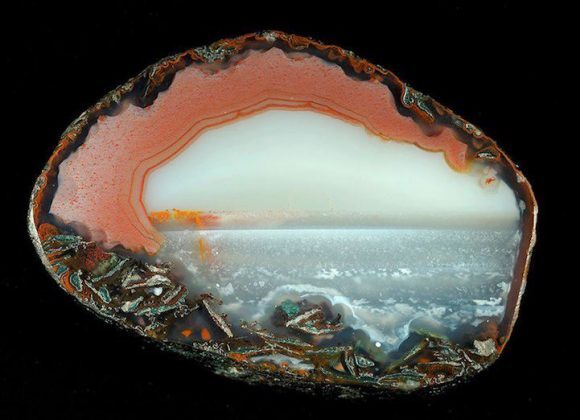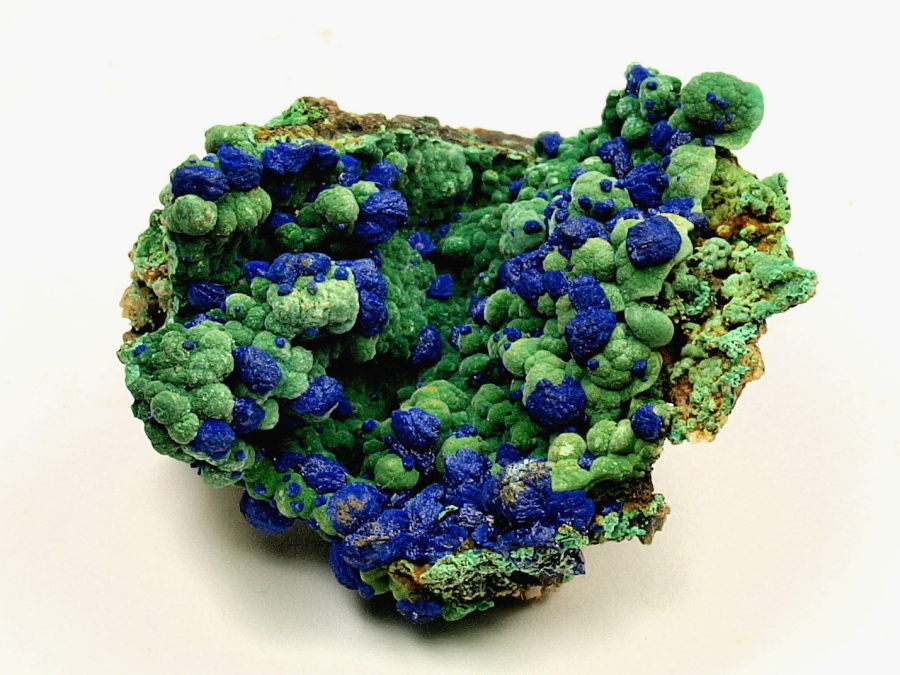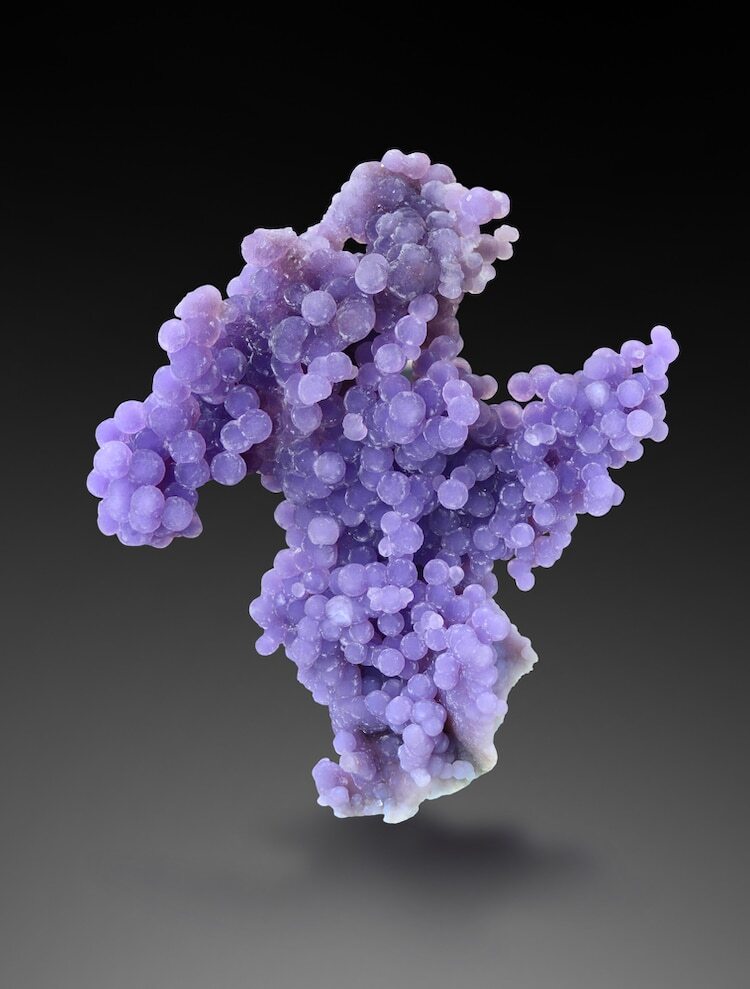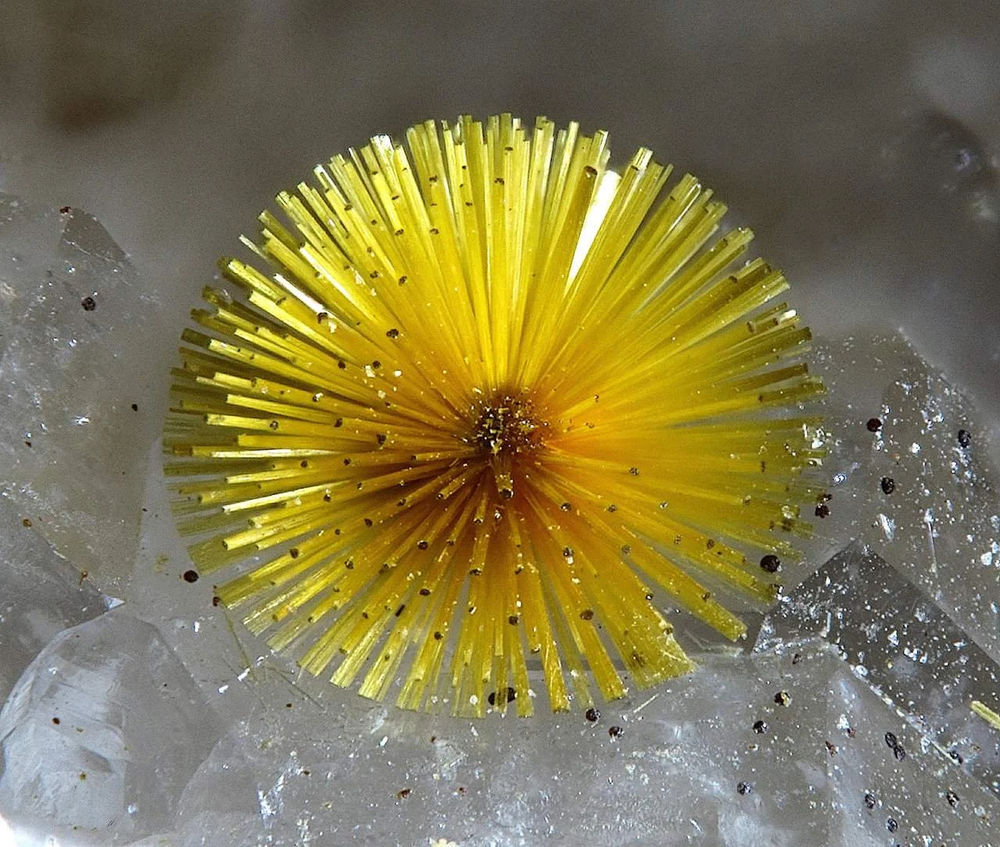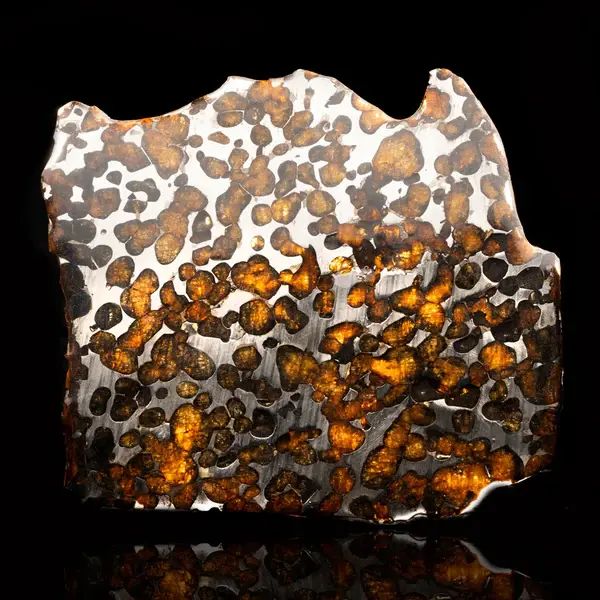It's often said that nature is the best artist, and when it comes to semi-precious stones, we totally agree! These strikingly artful creations of hers are a real feast for the eyes and that is why in this article we have included 10 of the most remarkable specimens found in the world.
What is baildonite and why is it so prized by collectors? Where can you see iris agate live in Bulgaria and what landscapes are hidden in landscape agate? Find out the answers to these and many more exciting questions in the following lines. Enjoy reading!
10. Labradorite
Labradorite is a type of high calcium feldspar that was first identified on the Labrador Peninsula, Canada, hence its name. It is popular for its optical properties, which give the mineral a holographic effect, also known as labradorescence.
In Europe, the stone was first introduced by Moravian missionaries at the end of the 18th century, and today there are deposits of labradorite in various parts of the world. The Canadian beauty is loved by many and is often used to make jewelry, and is also widely used in various meditative practices. Labradorite is also the birthstone of Aquarius. You can find more information about it in our article on birthstones.
photo: Mycrystals.com
9. Iris Agate
This variety of agate shows an impressive play of colors when illuminated so that the light stream passes through its fine striations. Although this type of agate is relatively common, it is rarely present in museums.
In Bulgaria, iris agate can be observed at the Earth and People Museum, where a small plate of the species reflects the colors of the rainbow under a beam of directional light and attracts visitors. The most beautiful specimens of this mineral are thin slices, the ends of which are along the fracture lines.
photo: Magickalgems.com
8. Shattuckite
This little-known mineral is extremely attractive not only because of the different structures it forms, but also because of its rich color. Its name derives from Arizona's Shattuck mine, where it was first found in the early 20th century. The mineral is often found together with malachite and turquoise, and its color can vary from sky blue to dark blue. Deposits of chattuckite have been found in various parts of Europe, Africa and South America.
photo: Wikipedia
7. Baildonite
This picturesque specimen combines shades of green and was discovered for the first time in England. It is highly prized among collectors due to its unusual appearance, but baildonite is also dangerous because it contains arsenic. In 1956 the French chemist and mineralogist Jean-Claude Guiman managed to create a synthetic version of the stone in laboratory conditions.
He mixed hydrated sodium hydrogenarsenate with lead(II) acetate trihydrate and copper(II) nitrate trihydrate, heated the resulting mixture to boiling point and allowed it to cool. It is then filtered and rinsed, allowing it to air dry. The result is a solid that contains baildonite and schultenite.
photo: GemRockAuctions
6. Landscape Agate
Mountains, forests, rivers and deserts - these are just some of the pictures you can see in landscape agate. In reality, they are much more and varied, with some of the most stunning specimens being absolutely priceless. The fantastic similarities with nature landscape agates owe to the content of chalcedony and quartz, which accumulate over time in volcanic rocks. The variety of colors and textures that this agate variety offers are truly countless!
photo: Geologypage.com
5. Azurmalachite
Azurmalachite is a blue-green semi-precious stone that is composed of two copper carbonate-based minerals - azurite and malachite. The mineral is also known as Blue Bird, after the popular name of the Sialia species. Azurmalachite forms near oxygen-rich copper deposits. When acidic water, rich in copper, seeps through the cracks of a rock, carbonate minerals are precipitated at its base, forming a mineral with rich colors and exquisite shapes.
photo: Mindat.org
4. Grape Agate
Although the term grape agate is the trade name for this mineral and is not an agate, it is extremely exciting and beautiful. The scientific name for this species is botryoidal chalcedony, and it forms crystal clusters resembling drusen. The mineral gained popularity a few years ago when it was discovered in Indonesia. It is used both in the jewelry industry and as a decorative element. However, due to its high hardness, grape agate can scratch steel when it is also used to make some jewelry.
photo: MyModernMet
3. Cacoxenite
The name of this unusual species comes from the Greek words κακός, translated as bad, and ξένος, meaning foreign. This name was originally given to the mineral because of its bizarre appearance compared to other semi-precious stones. Cacoxenite is an iron-aluminum phosphate that forms radiant crystalline clusters with a characteristic golden yellow color. The mineral was first described in 1825, when it was discovered in the Bohemia region of the Czech Republic.
photo: GeologyIn
2. Pallasite
Pallasite is a type of meteorite that is composed of chunks of olivine-peridot, nickel, and iron. This striking mineral has only been found in 61 specimens, making it extremely rare. At first, scientists thought it came from the core of the mantle of asteroids that had once crashed into Earth, but they later found that pallasite was formed as a result of the impact itself, being a mixture of core and mantle materials. The mineral is named after the German naturalist Peter Pallas, who studied the species in 1776.
photo: astrowest.com
1. Fire opal
The top position in the ranking is occupied by an extremely beautiful specimen, which many have probably heard of, and we have already mentioned in the article Top 10 Of The World's Rarest Minerals. Fire opal is highly prized by geologists and collectors for its impressive optical properties. Formed deep within some volcanoes, fire opal forms when droplets of water become trapped in flowing lava. The color of this amazing stone is due to the presence of iron oxide in its composition and varies from yellow to red. According to historians, the existence of fire opal has been known since ancient times, and the Aztecs are considered to be its first discoverers.
photo: Gemstonecabs
You have reached the end of this article.
